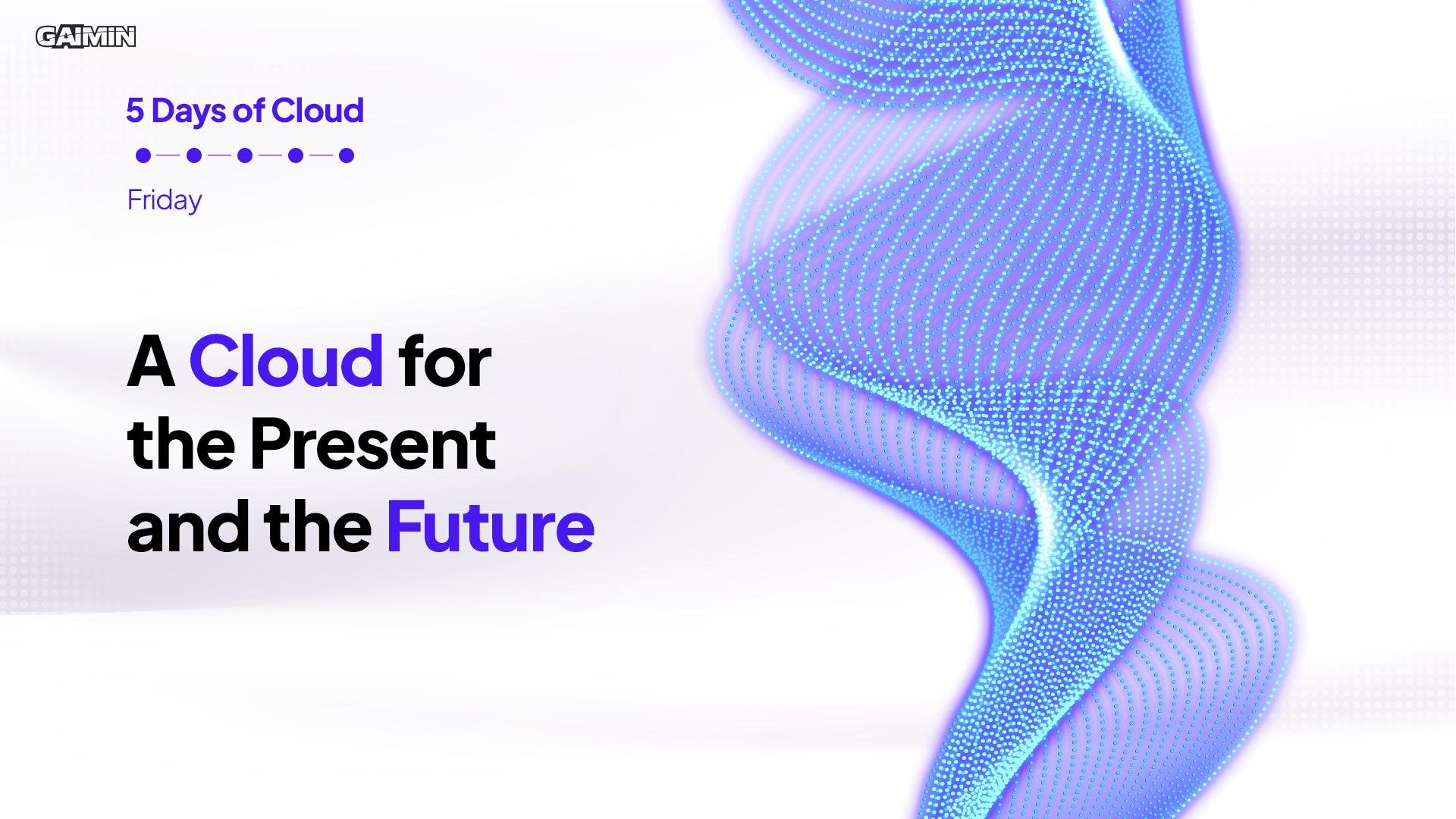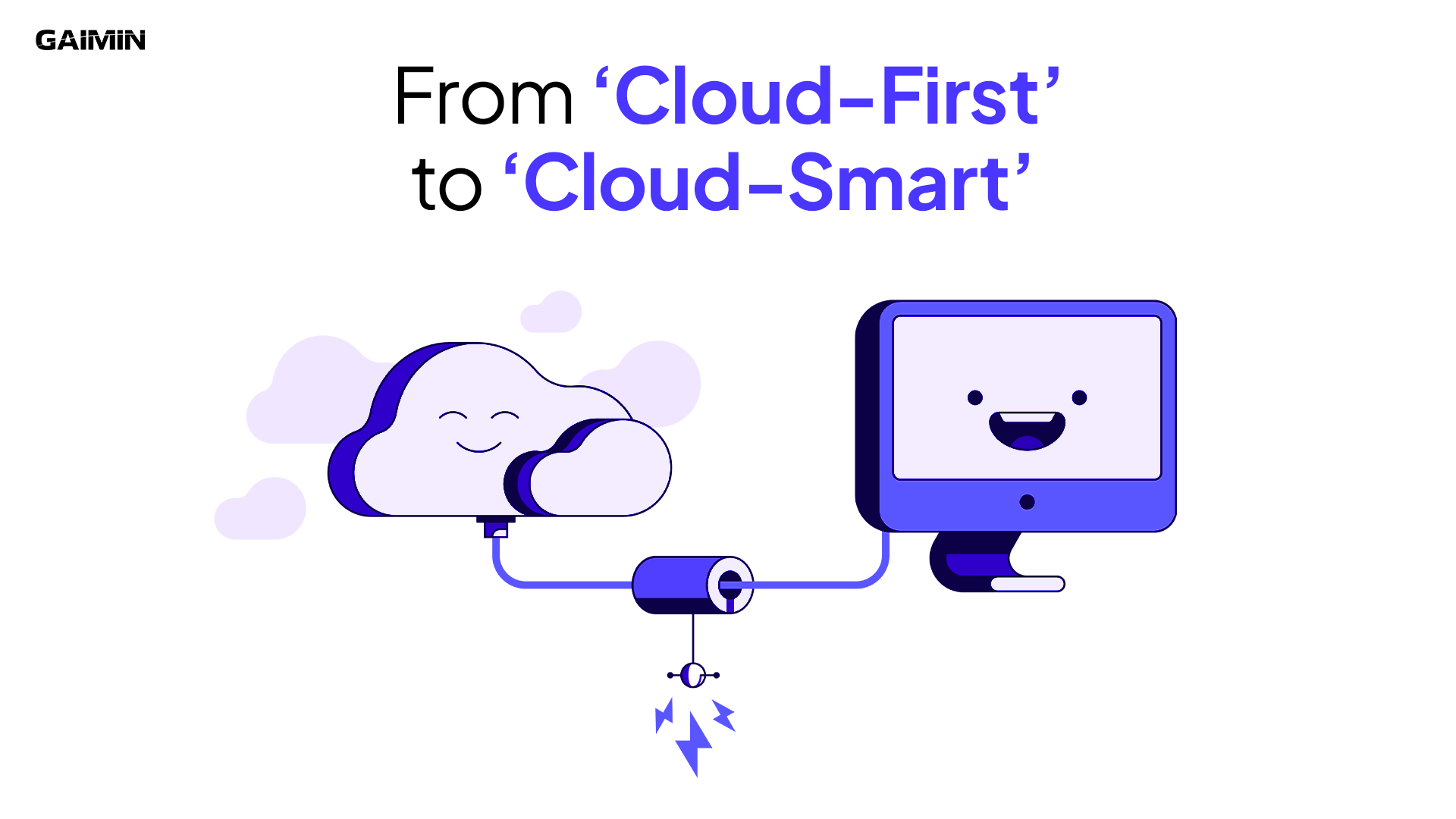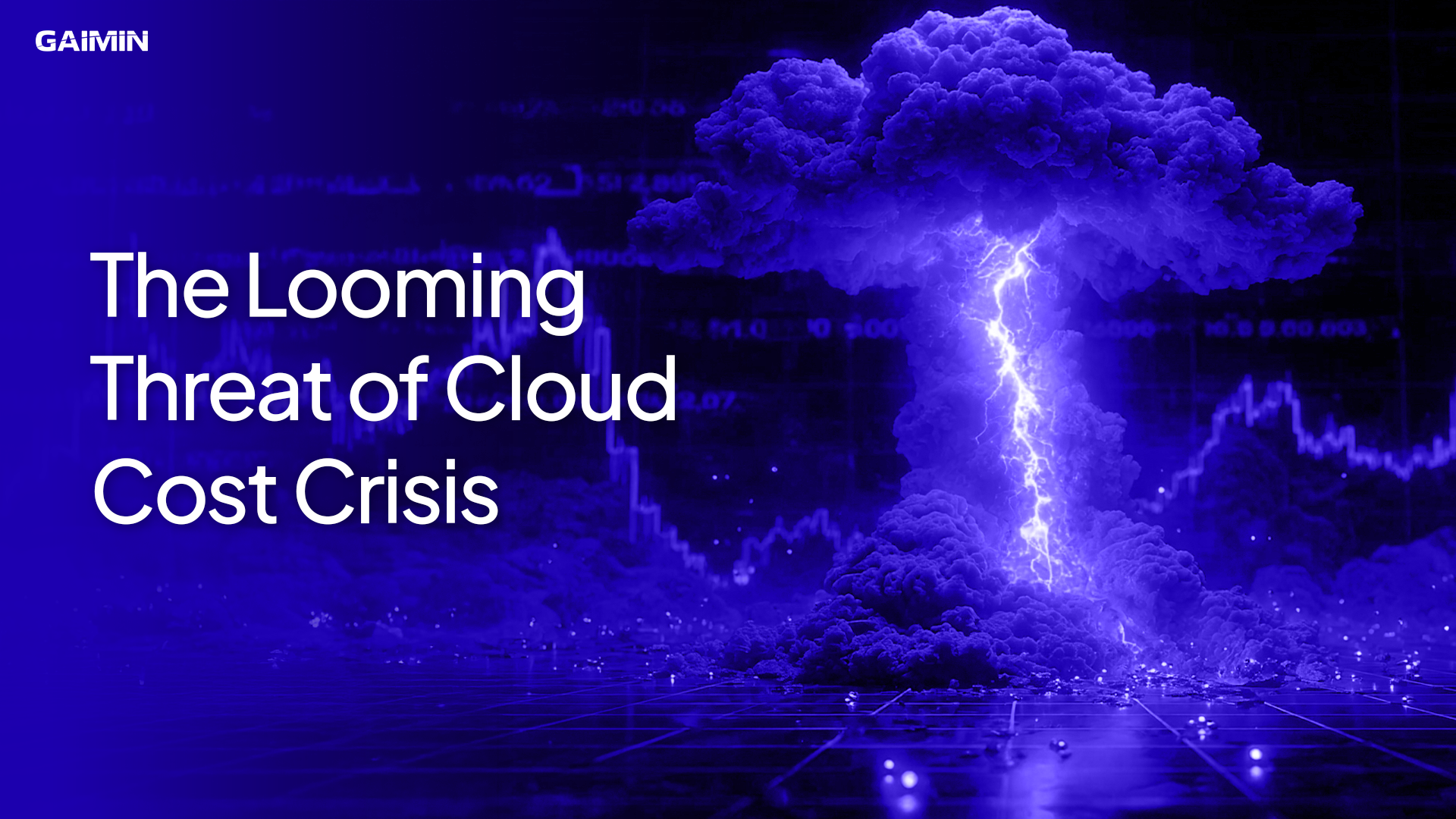Over the last four days and Articles 1, 2, 3, and 4 of this series, we’ve outlined the weak points in the current cloud landscape and introduced DeCloud as a powerful alternative. From cost inefficiencies and single-point failures to performance bottlenecks and limited user incentives, and even privacy breaches, traditional cloud systems have shown that even the cloud needs to adapt in the current world we now live in. A world that’s not only as interconnected as it’s ever been, but also compute-demanding and user-centric.
In this concluding piece of the series, we tie the narrative together and show why DeCloud isn’t just a forward-looking concept; it’s a ready solution for real-world problems today, while unlocking new possibilities for tomorrow.
What we have learned so far in the series
1. The Problem with the Old Guard
Our first article dove deep into the shortcomings of centralized cloud models, highlighting how hyperscalers have created dependency traps through rising costs, opaque billing, data lock-in, and performance limitations.
2. DeCloud is not a Dream, but currently a Reality
In Article 2, we introduced DeCloud, a decentralized cloud computing business model built on peer-powered infrastructure. And that this same technology is already serving the same tasks that clients would pay heavily for AWS and Google's central server farms to undertake. DeCloud distributes storage and compute across thousands of individual nodes, giving users both control and cost efficiency.
3. The Showdown of Centralized vs. Decentralized Cloud
Article 3 pits the two models against each other. The verdict? As you’d expect, the article gave some solid points as to why decentralized cloud outperformed in areas like resilience, pricing, scalability, and contributor incentives, without sacrificing availability or user experience.
Fact: A 2023 report by Messari found decentralized networks to be up to 80% more cost-efficient for file distribution compared to AWS and Azure.
4. Who needs DeCloud?
In Article 4, we zoomed in on who benefits from this shift: gaming companies, media studios, AI developers, e-learning platforms, and many more. These sectors are already facing rising bandwidth and compute costs, and DeCloud offers a lifeline with scalable delivery, multi-region access, and user-owned infrastructure.
Why now, and not later?
We’re not pitching DeCloud as a futuristic dream; it’s a necessary response to current pain points:
- Global bandwidth strain is increasing. As software and media balloon in size (100GB+ updates, 4K video, full-model AI inference), centralized delivery hits capacity walls or will charge increasing costs if they are to continue delivering to the current demands.
- AI adoption is exploding. Compute demand for training and inference is outpacing the supply. Hyperscaler queues are growing longer, while GPU leasing costs are skyrocketing. The time for a scalable compute solution for the AI boom is now, at the earlier stages.
- Gaming is now global, but bandwidth is still required locally. Launch-day surges or regional updates often cause slowdowns. Distributed file delivery bypasses those choke points.
- Trust in Big Tech is eroding. Governments, enterprises, and users are looking for neutral ground, not a single vendor’s walled garden with conditions of privacy breaches.
What DeCloud Enables Now and for the Future
While DeCloud solves today’s problems, its biggest potential lies in what it unlocks next:
A New Economy for Computing
Idle GPUs, CPUs, storage, and bandwidth from devices all over the world will become productive assets. Gamers, students, and individuals globally will be empowered and can earn by contributing to this infrastructure of the future.
Localized Compute
DeCloud further enables edge AI, latency-free file delivery, and geo-targeted media experiences by hosting resources where the users are, not just where the data centers exist.
Resilient Infrastructure
DeCloud doesn’t just scale, it heals. If one node fails, another takes its place instantly. This is not redundancy; it’s antifragility.
A User-Owned Internet
Just like other sectors where Web3 is replacing centralized systems and platforms with more peer-powered protocols, DeCloud turns cloud computing into a protocol that is neutral, permissionless, and owned by its participants — users and contributors alike.
Closing Thought
We’ve lived through the birth of the internet, the rise of cloud, and the domination of hyperscalers.
Now, we’re entering a new chapter, a cloud not owned by a few but operated by many. A cloud where users can also be contributors, not just consumers. A cloud that works better the more people use it and contribute to it. A cloud that’s already here.
DeCloud is not an alternative to the cloud. It’s what the cloud was meant to be!
Explore GAIMIN’s DeCloud File Sharing today!
Whether you're delivering massive game updates, AI training sets, or educational media to global audiences, official documents, and many more, our distributed network delivers faster, cheaper, and offers more data privacy over a centralized provider.



.png)
